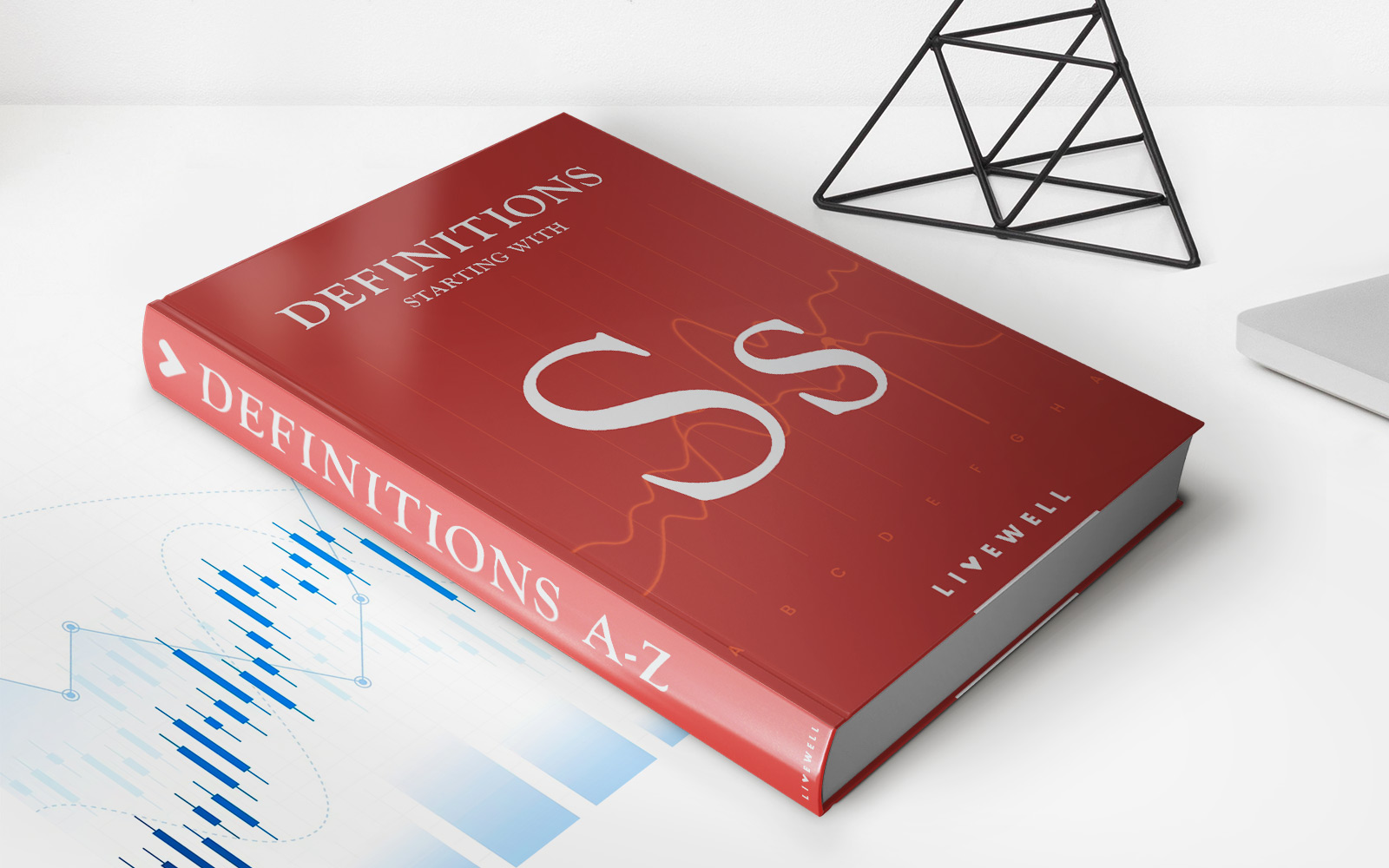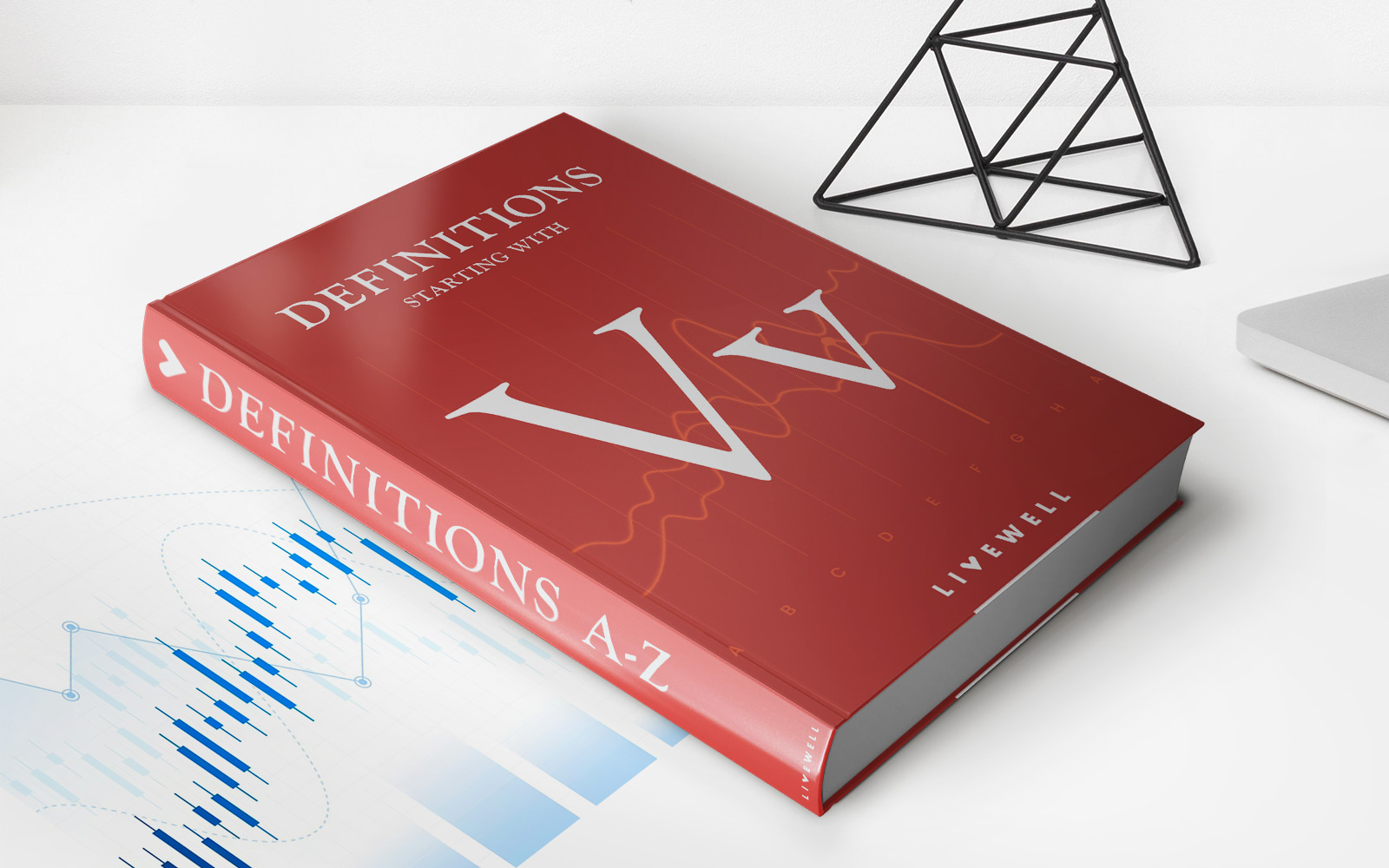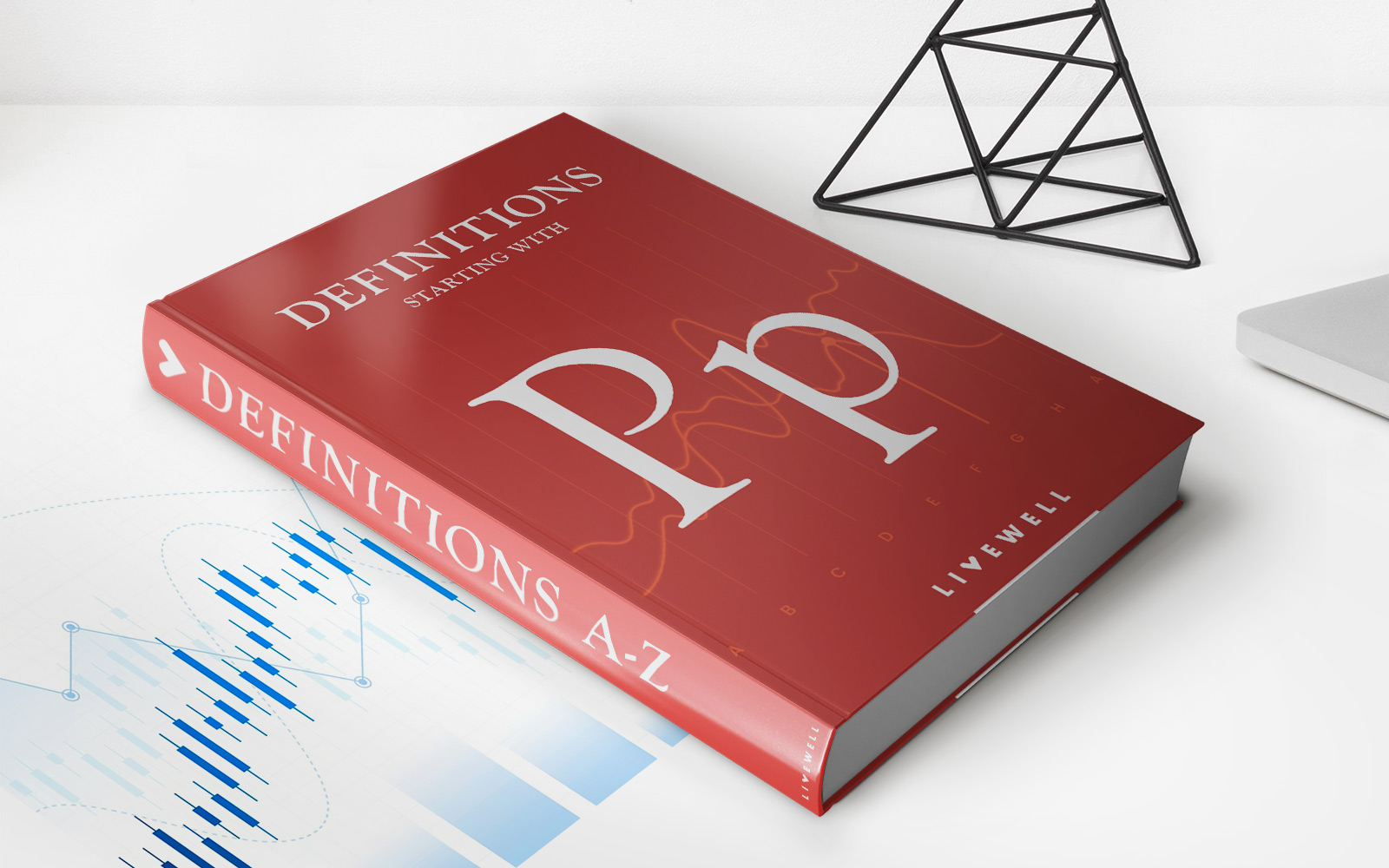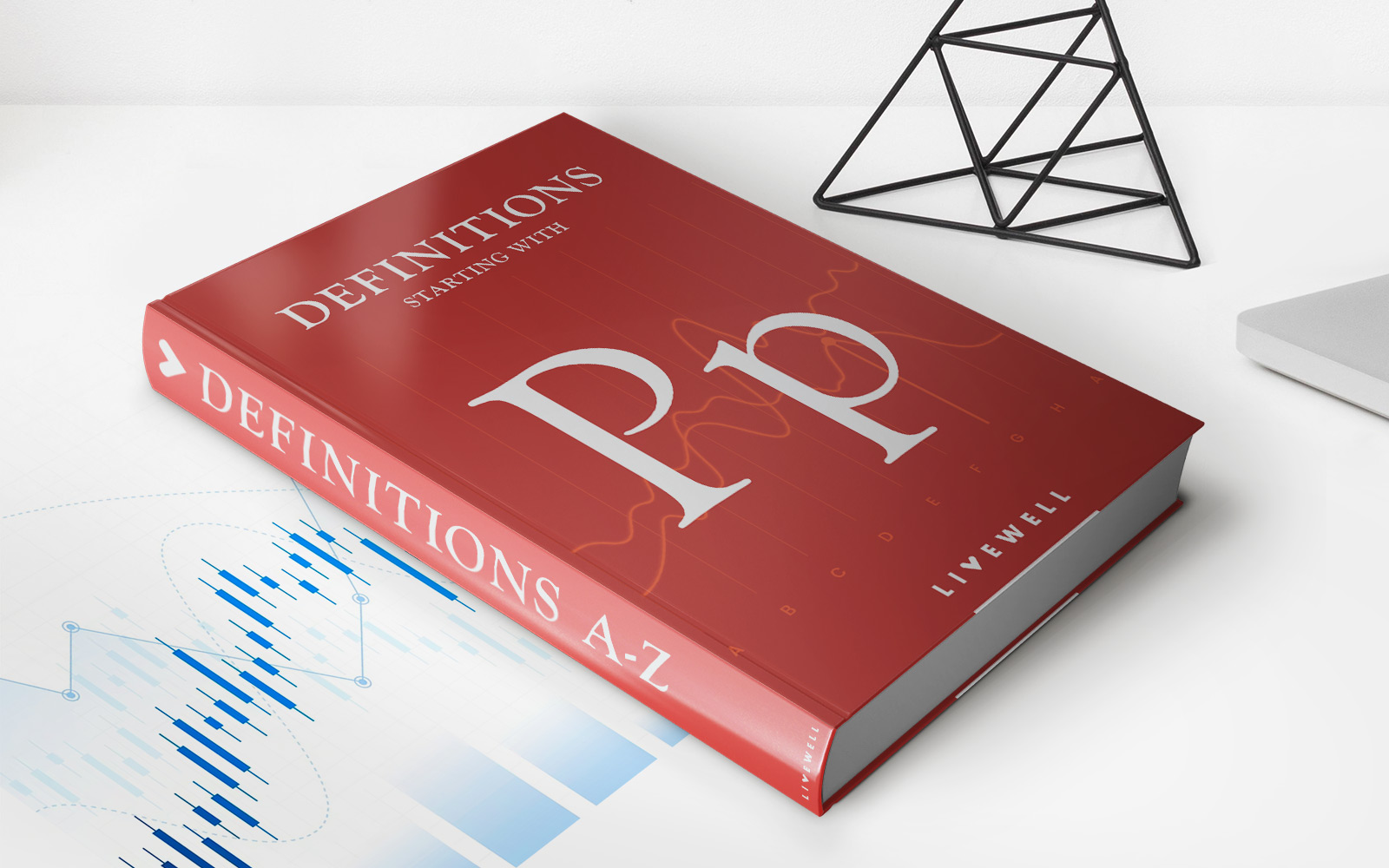Home>Finance>Software As A Service (SaaS): Definition And Examples
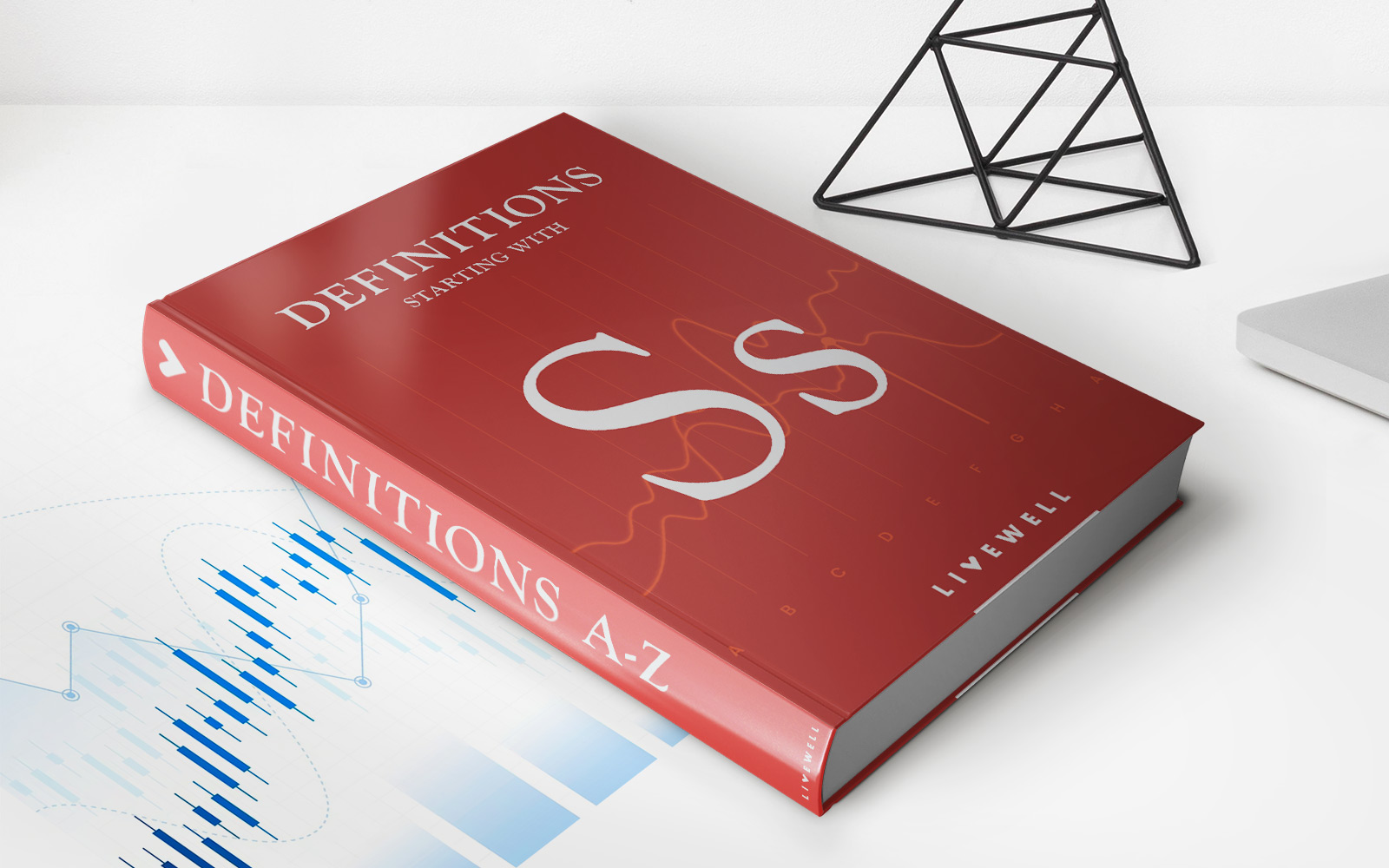

Finance
Software As A Service (SaaS): Definition And Examples
Published: January 31, 2024
Learn about Software as a Service (SaaS) and its practical applications in the finance industry. Explore the definition and examples of SaaS for finance.
(Many of the links in this article redirect to a specific reviewed product. Your purchase of these products through affiliate links helps to generate commission for LiveWell, at no extra cost. Learn more)
Welcome to the World of Software as a Service (SaaS)!
Are you looking to understand what Software as a Service (SaaS) is all about? Look no further! In this blog post, we will delve into the world of SaaS, its definition, and provide you with some real-life examples. So, let’s get started and explore this exciting category of software innovation.
Key Takeaways:
- Software as a Service (SaaS) is a cloud-based software delivery model where application providers host and manage the software for their customers.
- SaaS offers numerous benefits, including cost-effectiveness, scalability, and easy accessibility.
So, what exactly is Software as a Service? In simple terms, SaaS is a software delivery model where instead of installing and maintaining software on their own servers or devices, users access the software through the internet. Essentially, it is like renting software rather than buying it. SaaS providers host and maintain the software centrally, allowing users to access it from anywhere with an internet connection.
Nowadays, SaaS has become increasingly popular across various industries and sectors. It offers businesses a cost-effective and efficient way to utilize advanced software without the need for complex installations and ongoing maintenance. By leveraging the power of the cloud, businesses can focus on their core operations while leaving software management to the experts. Sounds good, right?
Real-Life Examples of SaaS
Curious about real-life examples of SaaS? Here are two popular ones:
- Customer Relationship Management (CRM) Software: CRM software helps businesses manage their customer relationships effectively. Instead of installing and maintaining CRM software on their servers, businesses can opt for a SaaS CRM solution. This allows them to access the software’s features and functionalities through a web browser. With a SaaS CRM, businesses can track leads, manage sales pipelines, and provide exceptional customer support – all without the hassle of managing software infrastructure.
- Project Management Software: Project management software is essential for teams to collaborate, plan, and execute projects seamlessly. With a SaaS project management solution, teams can access all project-related data, tasks, and timelines from the cloud. This promotes efficient collaboration, regardless of team members’ physical location. Plus, it eliminates the need for local installations and enables automatic updates, ensuring teams are always working with the latest version.
These are just a couple of examples among the wide range of software applications that fall under the SaaS category. From accounting software to human resource management tools, SaaS has revolutionized the way businesses operate.
Conclusion
Software as a Service (SaaS) is a game-changer in the world of technology. By delivering software through the cloud, SaaS providers make it easier for businesses and individuals to access and utilize powerful software applications without the need for complex installations and ongoing maintenance. With cost-effectiveness, scalability, and easy accessibility, SaaS has become the go-to choice for businesses across various industries.
So, the next time you hear the term “SaaS,” you can confidently explain what it is and impress others with your knowledge. Remember, SaaS is all about convenience, efficiency, and taking advantage of the cloud to streamline operations. It’s software innovation at its finest!

